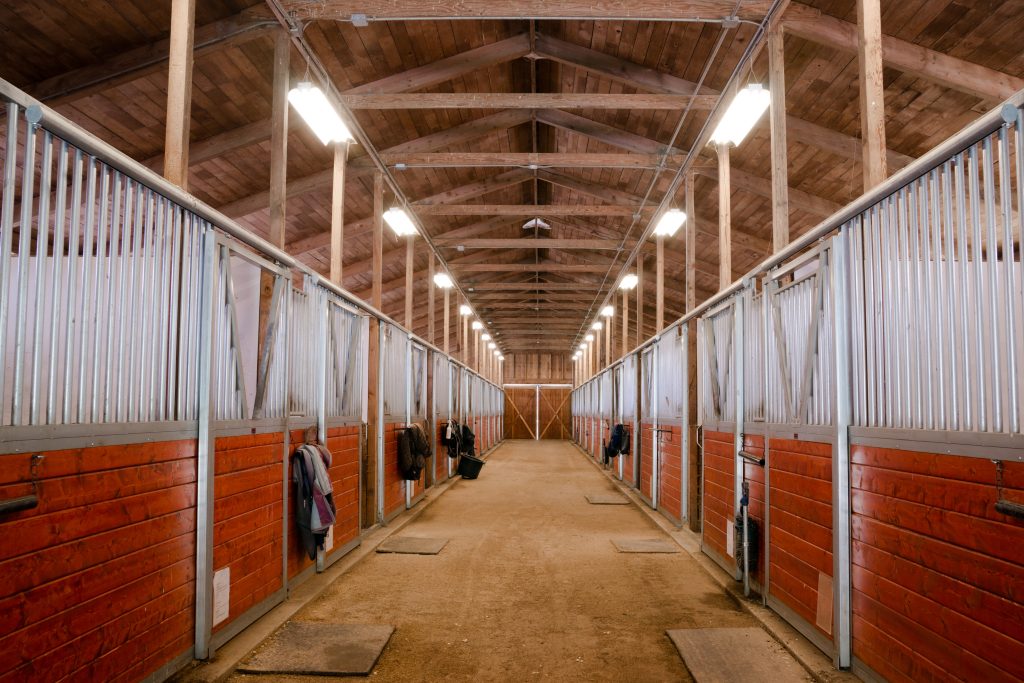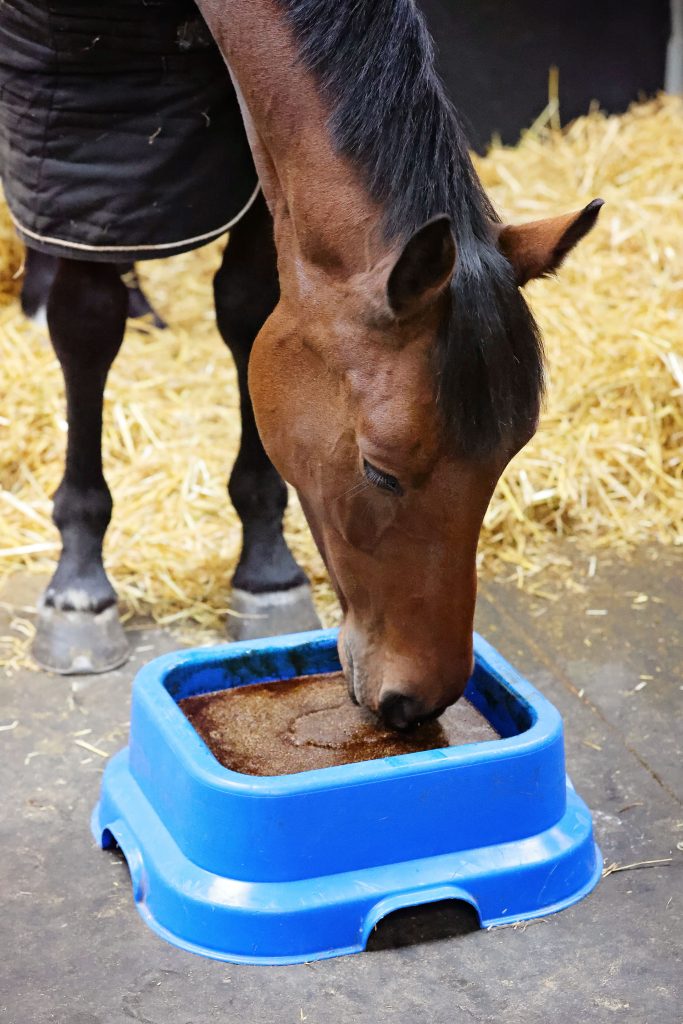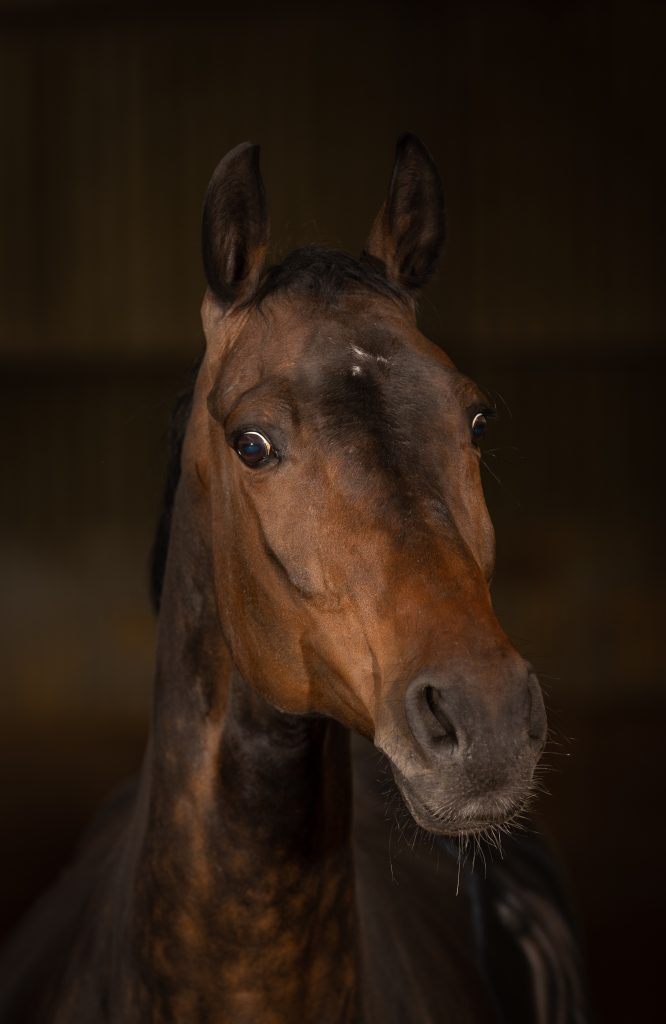The crackle and flash of fireworks are a familiar part of autumn, but they can be unsettling for horses. With a little planning, you can help your horse feel secure and provide safe distractions to make the night easier for both of you.
We’ve compiled three helpful tips, including a simple, healthy way to provide a calming, long-lasting distraction.
- Safety First: Preparing the Environment
The hours of a firework display are not the time to be making big changes. Preparation and routine are your horse’s best friends.
Check and Secure: Whether your horse is stabled or in the field, make their area safe. If stabled, check for any protruding nails or sharp edges they could catch themselves on if they spook. If turned out, ensure all fencing is secure and remove any objects (like jumps or machinery) into which they could run.
Lights On: Leave the stable lights on before displays start. This helps lessen the effect of sudden, bright flashes from fireworks, reducing the visual impact of the event.

Sound Masking: Introduce a stable radio a few days in advance to get your horse accustomed to the sound. On the night, keep the radio on (out of reach!) to help mask the sudden ‘bangs.’ Stick to calming stations like classical music or talk radio.
Pre-event Routine: If you plan to stable a horse that usually lives out, start bringing them in for a few hours each day a week or so before the expected fireworks. This maintains routine and prevents the change of management from adding to their stress on the night.
- Provide a Distraction
During firework displays, offering a safe, lasting distraction can help keep your horse positively occupied. Long-lasting nutritional licks, such as Horslyx, encourage natural licking behaviour and can hold your horse’s interest for extended periods.
The action of licking promotes saliva production, which supports oral comfort and helps maintain normal licking and foraging behaviours.
For Long-Lasting Licking (5kg & 15kg): For an excellent, long-lasting distraction, provide a full-size balancer. For stability and safety in the stable, we recommend using the dedicated Horslyx Holders:
For the 5kg Horslyx Balancer, use the 5kg Stable Holder.
For the 15kg Horslyx Balancer, use the 15kg Holder.

Securely fixing the lick prevents it from being kicked or knocked over, letting your horse return to their healthy distraction as they need it.
The Hand-Held Treat
When you’re safely with your horse, the Mini Horslyx is an ideal hand-held reward and short-term distraction. It’s a great way to keep them engaged while spending time together.
For safety, Mini Horslyx should always be held by hand and never left unattended in the stable.
- Prioritise Your Safety and Their Wellbeing
Your own behaviour and presence can have a significant impact on your horse.
Keep Calm: Horses are quick to pick up on their handler’s energy, so keeping a calm routine and familiar environment can help them feel more settled.
Planning ahead and offering safe distractions, such as Horslyx, before fireworks begin can help your horse stay focused on something positive during the evening.
If your horse becomes very unsettled, or shows signs of severe fear, always seek advice from your vet or a qualified equine behaviour specialist.
Note: This article provides general management and care advice for horses during fireworks. It is not intended to replace professional veterinary guidance. If your horse shows signs of severe fear, stress, or injury, please contact your vet or an equine behaviour specialist for tailored support.
Know Your Limit: Your safety is paramount. If your horse is extremely frightened and acting dangerously (rearing, spinning, or kicking), do not put yourself at risk by staying in the stable. You must keep yourself safe. It is better to monitor them from a safe distance outside the stable door.
Check-Up: The morning after, thoroughly check your horse for any cuts or scrapes they may have sustained if they were panicking, and check fields for any firework debris that may have landed there.
Make Your Voice Heard: Support Tighter Fireworks Regulation
We know that for many horse owners, simply managing the situation on the night is not enough. The loud noise of fireworks remains the biggest concern for equines.
We support Redwings Horse Sanctuary’s campaign to make the environment safer for horses. Redwings is petitioning the Government to reduce the maximum permitted noise level of fireworks from 120 to 90 decibels.
